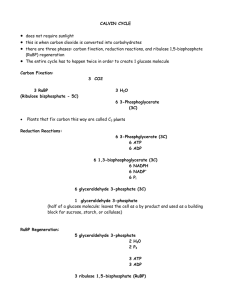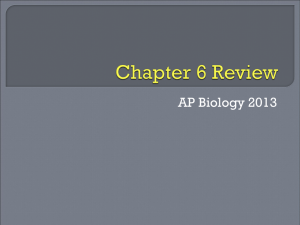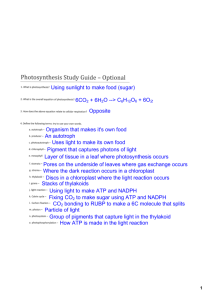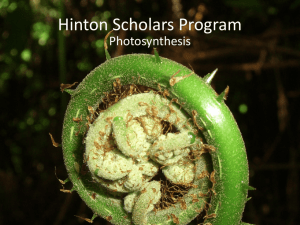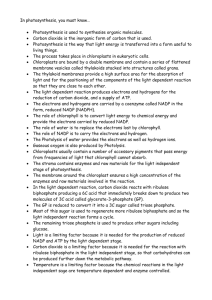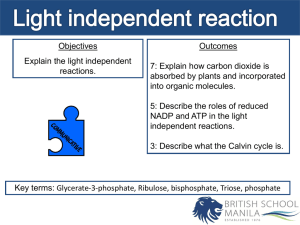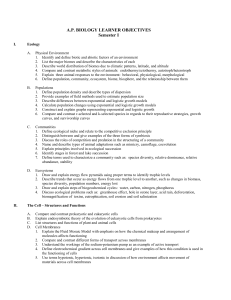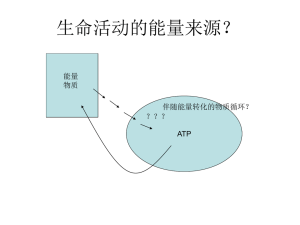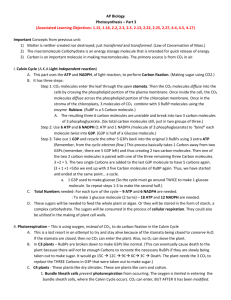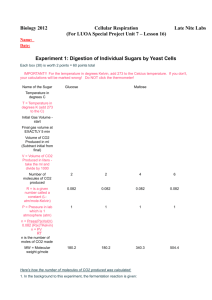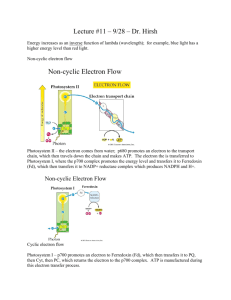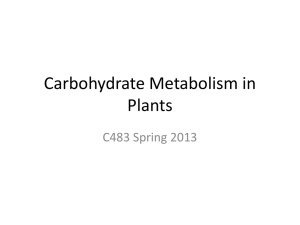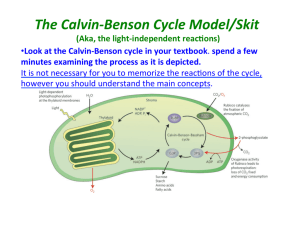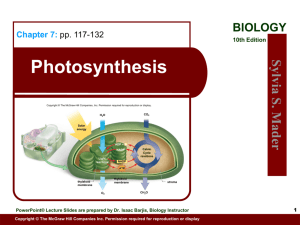Light Independent Stage of Photosynthesis
advertisement
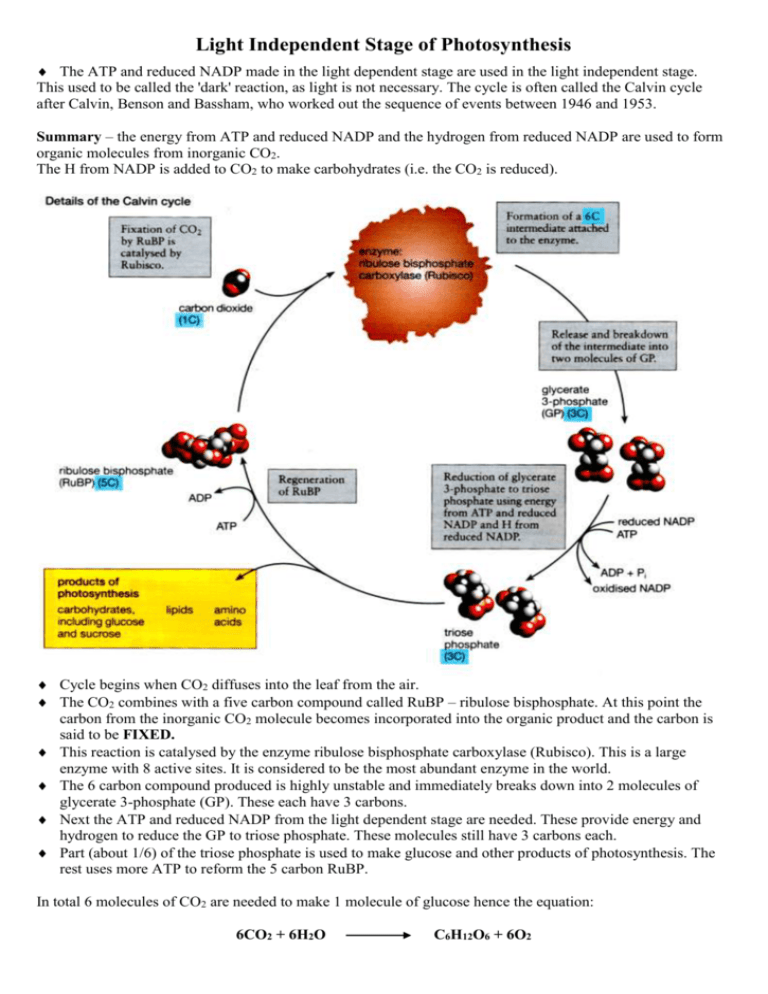
Light Independent Stage of Photosynthesis The ATP and reduced NADP made in the light dependent stage are used in the light independent stage. This used to be called the 'dark' reaction, as light is not necessary. The cycle is often called the Calvin cycle after Calvin, Benson and Bassham, who worked out the sequence of events between 1946 and 1953. Summary – the energy from ATP and reduced NADP and the hydrogen from reduced NADP are used to form organic molecules from inorganic CO2. The H from NADP is added to CO2 to make carbohydrates (i.e. the CO2 is reduced). Cycle begins when CO2 diffuses into the leaf from the air. The CO2 combines with a five carbon compound called RuBP – ribulose bisphosphate. At this point the carbon from the inorganic CO2 molecule becomes incorporated into the organic product and the carbon is said to be FIXED. This reaction is catalysed by the enzyme ribulose bisphosphate carboxylase (Rubisco). This is a large enzyme with 8 active sites. It is considered to be the most abundant enzyme in the world. The 6 carbon compound produced is highly unstable and immediately breaks down into 2 molecules of glycerate 3-phosphate (GP). These each have 3 carbons. Next the ATP and reduced NADP from the light dependent stage are needed. These provide energy and hydrogen to reduce the GP to triose phosphate. These molecules still have 3 carbons each. Part (about 1/6) of the triose phosphate is used to make glucose and other products of photosynthesis. The rest uses more ATP to reform the 5 carbon RuBP. In total 6 molecules of CO2 are needed to make 1 molecule of glucose hence the equation: 6CO2 + 6H2O C6H12O6 + 6O2
